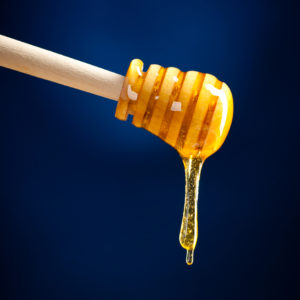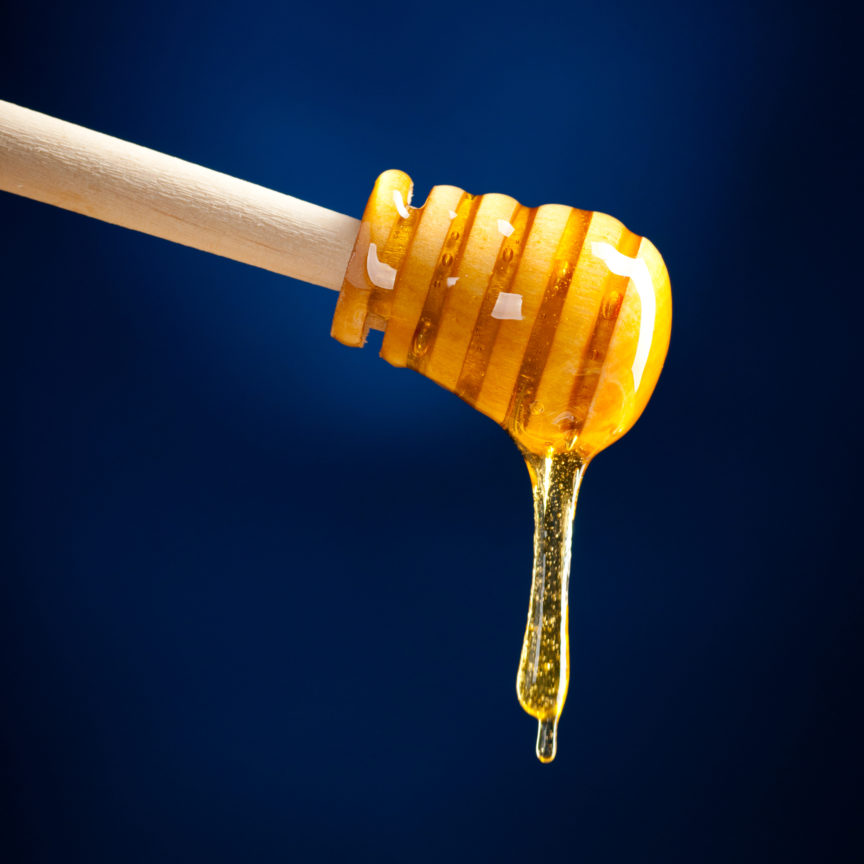 For a diabetic, it can be a minefield assessing the carbohydrate content of your breakfast. So we’ve asked a cereal-maker to tell us how she’s trying to help. Lizi Shaw, who runs The Good Carb Company (which sells cereals), explains her philosophy to us.
For a diabetic, it can be a minefield assessing the carbohydrate content of your breakfast. So we’ve asked a cereal-maker to tell us how she’s trying to help. Lizi Shaw, who runs The Good Carb Company (which sells cereals), explains her philosophy to us.
“Nutrition Labels don’t tell you the whole story. Let’s start with glucose – the simplest sugar. It is by far the most important of the stuff we call ‘sugars’ because it is both the fuel of life and the basic building block of plants. Its chemical formula is C6H12O6. All living things use glucose to transport energy around the body. It dissolves in blood (hence blood sugar) and carries energy to where it’s needed, principally the brain and muscles. If it’s not needed it’s converted into fat for future use, and if the fat’s not used it stays as fat.
“Plants are clever things that stick lots of glucose molecules together to form starches and other carbohydrates, which they use to make their structures. When we eat carbohydrates, the starches break apart into glucose building blocks which then enter our bloodstream. The rate at which this breakdown of starches occurs is measured by the glycaemic index. High GI = fast breakdown, Low GI = slow breakdown. Glycaemia is just the medical term for glucose in the blood.
“So far so good. Now let’s talk about sugars in foods. Sugars are just simple carbohydrates, but glucose has a non-identical twin – fructose, which is also used as a building block in plant structures. Fructose has the same chemical formula as glucose but the atoms are arranged in a different way. Fructose can’t break down to glucose; so fructose has a very low GI. In principle its GI should be zero, but the current GI scale isn’t accurate enough to pick that up.
 “Glucose and Fructose occur naturally in plants. Grape juice is almost totally glucose, whilst agave syrup is almost totally fructose. Honey is a mixture of fructose and glucose. The stuff we put in our tea (table sugar = sucrose) is more complicated. The sucrose molecule is made of one molecule of fructose and one molecule of glucose stuck together. When we eat table sugar it breaks down in our gut very rapidly to its fructose and glucose parts, and only the glucose part ends up in the bloodstream. So the glycaemic effect of eating sucrose is about half that of eating glucose. Higher sugars comprise more molecules stuck together and eventually become starches.
“Glucose and Fructose occur naturally in plants. Grape juice is almost totally glucose, whilst agave syrup is almost totally fructose. Honey is a mixture of fructose and glucose. The stuff we put in our tea (table sugar = sucrose) is more complicated. The sucrose molecule is made of one molecule of fructose and one molecule of glucose stuck together. When we eat table sugar it breaks down in our gut very rapidly to its fructose and glucose parts, and only the glucose part ends up in the bloodstream. So the glycaemic effect of eating sucrose is about half that of eating glucose. Higher sugars comprise more molecules stuck together and eventually become starches.
“Starches are essentially no different from sugars: chemically they’re called polysaccharides which just means many sugars stuck together. When we eat starches they also breakdown to simple sugars and the glucose released can enter the bloodstream just as if you had eaten a simple sugar. The most potent example of this is Cornflakes, which although low in sugars, raises blood glucose levels faster than almost anything else – including table sugar!
“Nutrition labels tell you how much carbohydrate there is in a food. Most of the labels these days follow carbohydrate by ‘of which sugars’, giving the amount of simple sugars in the food. I believe this information is completely useless to the consumer and doesn’t need to be there. It takes no account of the fact that some starches can have a much bigger effect on blood glucose than some sugars.
“What should replace it is information about the Glycaemic Load (GL) of the food. This would tell you how rapidly the food would enter your bloodstream as blood sugar. GL gives the ‘glucose equivalent’ of what you eat. A 50g serving of Lizi’s Granola has a GL of 5.5g, which means your blood sugar would have increased, as if you had eaten 5.5g of glucose. Compare Cornflakes – a 50g serving has a GL of 31g, which means that your blood sugar would have increased as if you had eaten 31g of glucose. It’s a huge difference. But if you just looked at the ‘of which sugars’ amount you’d conclude that cornflakes were going to have less effect on your blood sugar because they have about half the ‘sugar, per serving as the granola.
“The lesson is: nutrition labels are useful for some things but totally useless for others. We think GL is a crucial piece of information, so we include it in our labels. Which is why my product, Lizi’s granola, gives you an accurate GL measure.”
With thanks to Lizi Shaw for her insights. Read more about her company’s products at http://lizis.co.uk/
Food features and recipes like this appear in the Desang Diabetes Magazine, our free-to-receive digital journal. We cover diabetes news, diabetes ‘kit’ and information on food suitable for maintaining good blood glucose control or a diabetic diet, including a regular Making Carbs Count column. It’s free! Go to the top of this page to sign up – we just need your email address. See current and past issues at
www.desang-magazine.co.uk
Open publication


